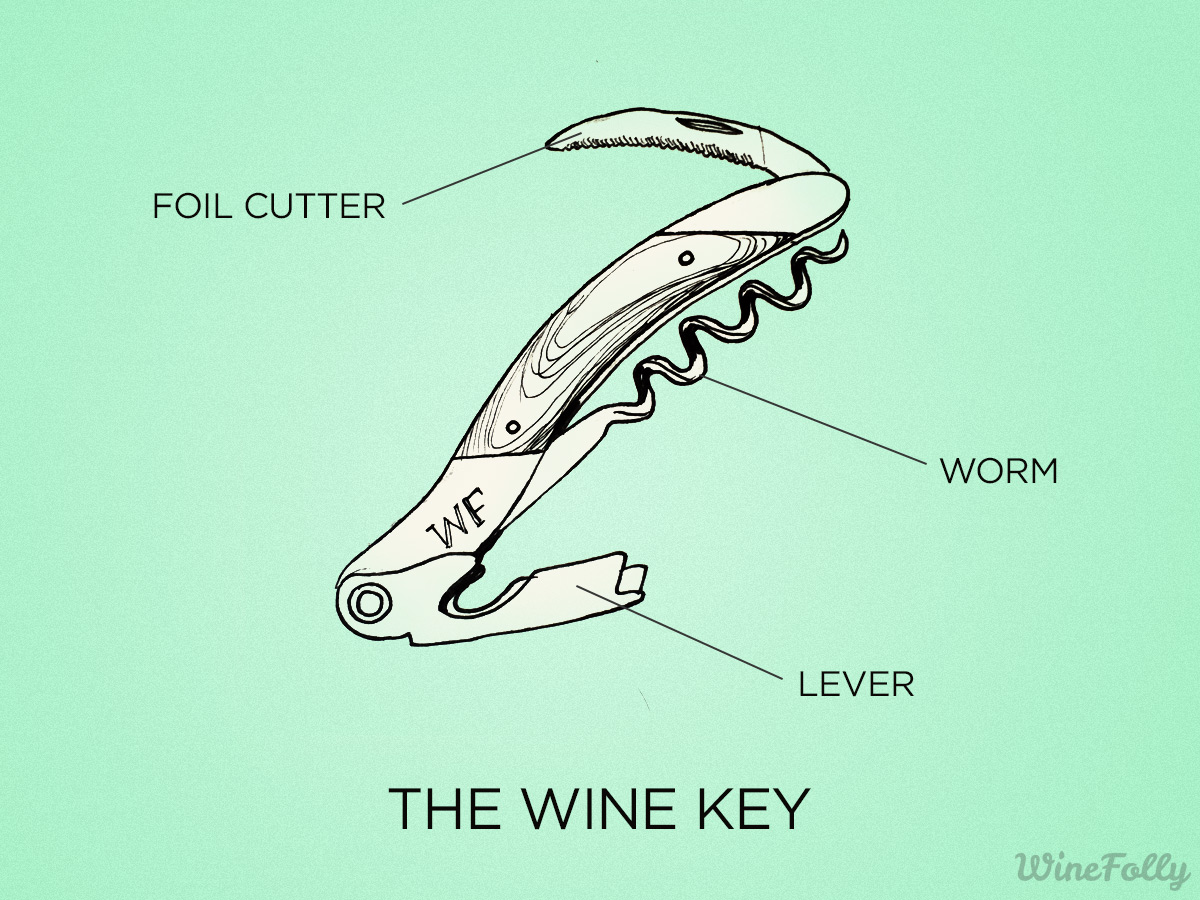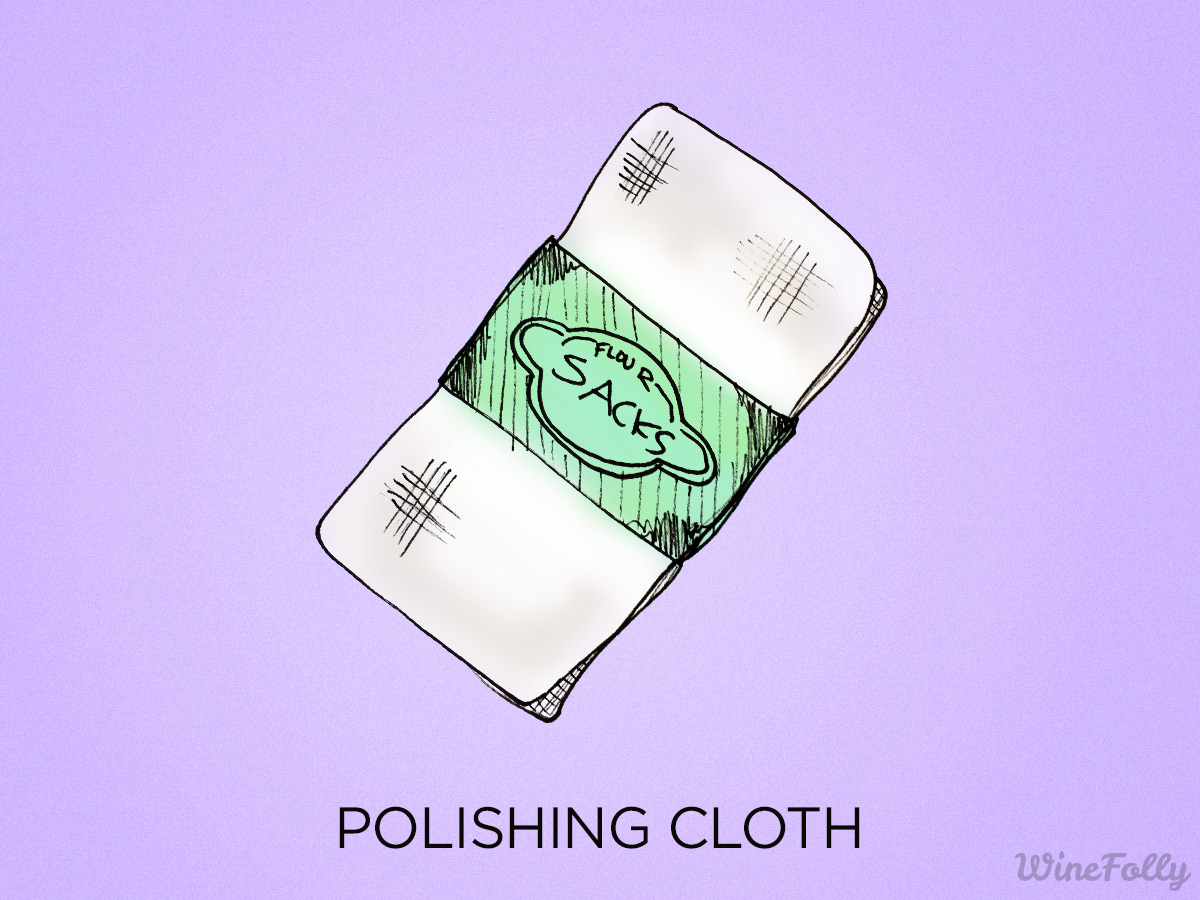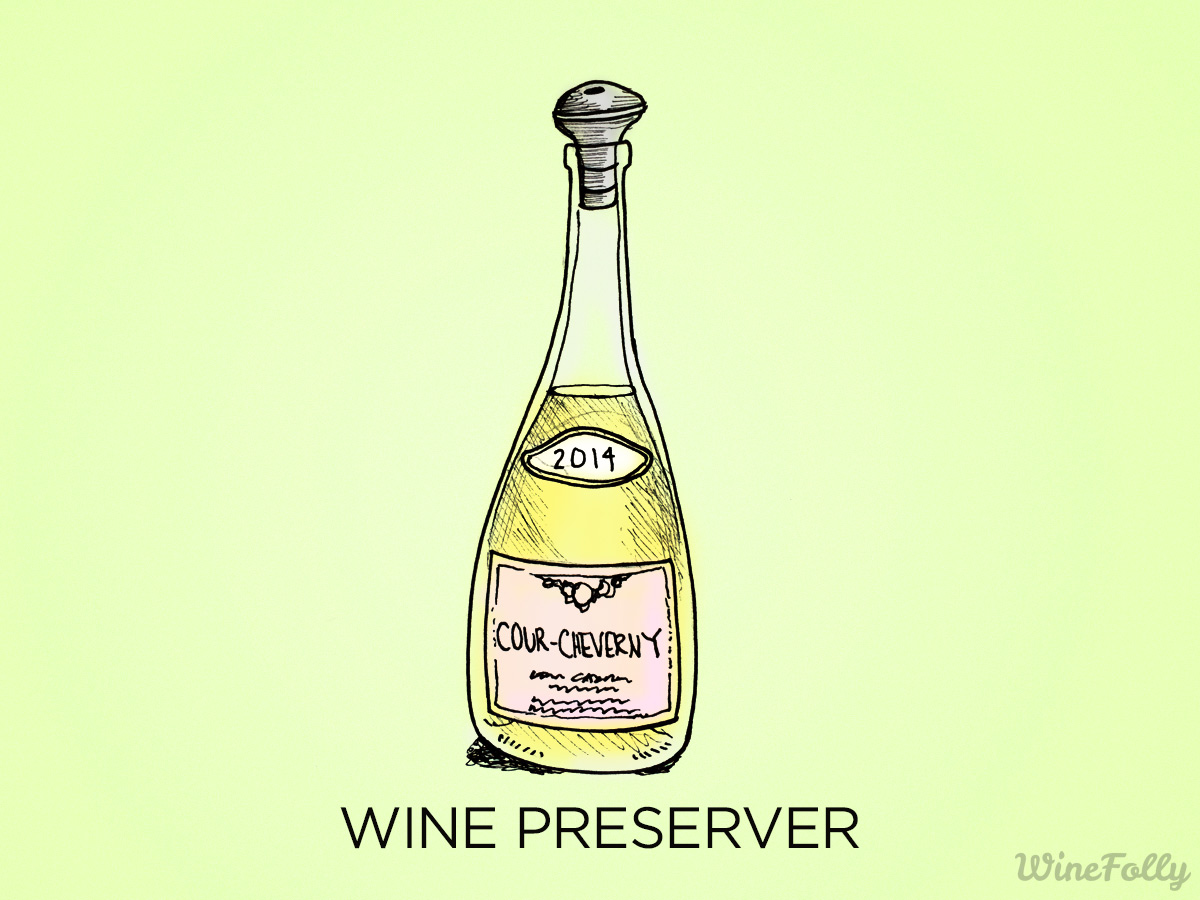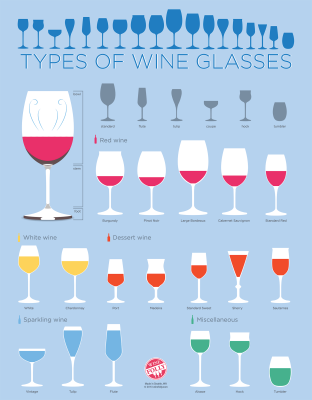 Technically you can live without these wine accessories but, if you’re a wine lover, times will be hard. When it comes down to it, there are just a few things you will need to make drinking wine easier and more enjoyable. If you’re a min-maxer, these could be the bare minimum items to start your wine bar accessory set.
Technically you can live without these wine accessories but, if you’re a wine lover, times will be hard. When it comes down to it, there are just a few things you will need to make drinking wine easier and more enjoyable. If you’re a min-maxer, these could be the bare minimum items to start your wine bar accessory set.
Need proof? If you look at any sommelier’s wine tool set, you’ll realize the only extra item in their pocket is a lighter (for decanting old wine). You can decide whether or not you’ll want a candle set-up at home. We used a flashlight on a 23 year old bottle of First Growth Bordeaux
6 Wine Accessories You Can’t Live Without
A Super Portable ‘Wine Key’

Regardless of what your end game wine opener is, every wino should have a ‘wine key’. The wine key is the wine lover’s Swiss Army Knife. While there are several different variations of the wine key, including a double-hinged version and one that is more pocket knife than corkscrew (for the demo-enthusiast), the basic parts of a wine key are the same.
Hide Them Everywhere A good sign of a wine lover is where you’ll find their cork screws: one in the kitchen utensil drawer, office drawer, glove box, purse, backpack or bathroom medicine cabinet.
- Worm The worm (or screw part) should be made from a high quality metal and as thin and frictionless as possible
- Foil Cutter The foil cutter knife should be sharp and not too long for controlled cutting. Serrated versions have a longer usable lifespan without need for sharpening.
- Lever Arm The lever arm should fit stable and secure on a wine bottle’s lip.
- Hands Only You should be able to hold and operate a wine key on a bottle comfortably without the support of a table.
Get a handle on wine openers
Learn about the main types of wine openers out there on the market so you can have the one that fits your needs. While we love the simplicity of a wine key, there’s nothing more instantly-gratifying than the electric wine opener.
Picking out a wine opener
Wine Decanter / Aerator
Do you prefer the new-styled plastic wine aerator or the classic glass wine decanter? Either way, this is an essential tool for any red wine drinker. Aerators are perfect for full-bodied red wines like Shiraz. They also work wonders to improve the taste of cheap wine. Why? An aerator’s job is to introduce oxygen to wine that’s been stored in a low-oxygen environment (e.g. a wine bottle). Aerating causes alcohol molecules to be released into the air and these airborn molecules carry wine’s flavors into your nose. Decanting or aerating wines also ‘blow off’ foul smells like that weird sulfur smell.
You can do the job of aerating a wine yourself by swirling it in your glass or re-corking and shaking the bottle after opening it. This may sound atrocious but it works great on young wines (within 1-5 years). By the way, you might not want to shake older wines that are sensitive to light or have sediment.
A Stainless Steel Strainer

What’s that goopy stuff at the bottom of my wine bottle?
Wine sediment won’t hurt you but it’s annoying. In a white wine it will look like glass shards (it’s actually crystalized cream of tartar) and in a red wine it will look like black tar. In a desperate situation you can use a bar strainer or tea strainer. If you’re more particular, go for a stainless steel wine funnel and filter.
A Wine Glass That Works For You
You can very well drink wine out of any glass, but let’s talk about the benefits of a real wine glass. Wine glasses are not only a receptacle for wine, they are also a container for volatile aromas. Volatile aromas are the key to enjoying the flavors in wine. Don’t believe me? See our infographic on Different Types of Wine Glasses below. So now that you know that wine glasses are awesome, what’s right for you?
Let’s get real and admit that we all have different lips and noses. Keep in mind that your personal preference may have something to do with the shape of your face. Also, you might be respectful of how you sometimes like to flail your arms when you drink (a reason to consider stemless glassware). Choose a wine glass that fits your personality. Here are some basic things to look for when choosing a wine glass:
- Why Use Crystal? Crystal glasses are physically stronger so if you like thin glasses you might want to consider crystal. Be prepared to hand wash your crystal glassware for life.
- Big Glass Benefits A large bowled wine glass is designed to capture more aromas. If you really enjoy aromatic wines like Pinot Noir or Grenache, this might be what you want to have.
- Small Glass Benefits Small glasses don’t collect as many aromas, but the benefit is that the wine’s temperature will maintain longer. This is ideal if you like white wines.
- Stem vs Stemless Stemmed glasses don’t collect finger prints (because you can hold them by the stem), but on the flip side they are easy to knock over.
- Specialty Glassware Champagne flutes break often. Now you know.
Many Kinds of Wine Glasses
There are several styles of wine glasses out there. Take a look at what’s most commonly used for your favorite wine styles.
Different Types of Wine Glasses
An Oversized Polishing Cloth

Now that you have a set of finicky but lovely wine glasses, how in the world do you keep them clean and shiny? Enter scene: the polishing cloth. Fortunately, this isn’t a very high dollar item that you ought to have for enjoying wine. There are microfiber cloths or the always available ‘flour sack’ cotton cloth. From the very first moment you use a flour sack, you’ll never want to be without one again.
Learn how to use a polishing cloth
See a short video on how to wash and polish wine glasses.
How to Clean and Polish Wine Glasses
A Wine Preserver

Imagine you just got home from work: you open a bottle, you pour a glass of wine and walk off. What happens to the rest of the bottle?
If you just let it sit open on the counter your wine will go bad before morning. If you use a wine stopper it will help by limiting the exposure of oxygen to the liquid surface, but it’s not quite enough. There are several wine preservers on the market that vary from under $20 to close to $3000. The basic rule of storing open wine is to limit the amount of oxygen. Some wine preservers create a vacuum inside the bottle with a special one-way valve cap. Others preserve wine by putting a heavier inert gas (such as argon) on top of the surface of the wine.
Regardless of your preference or how much you want to spend, you’ll be thankful you have one.




